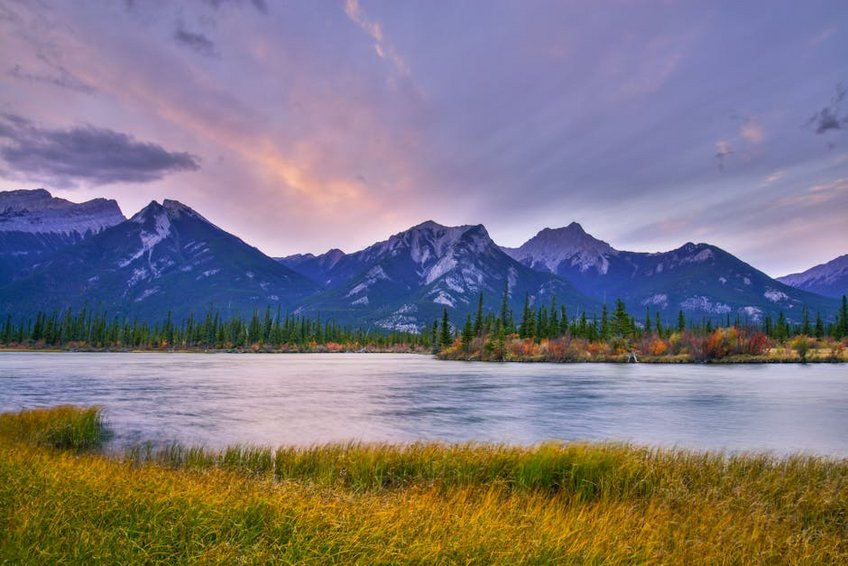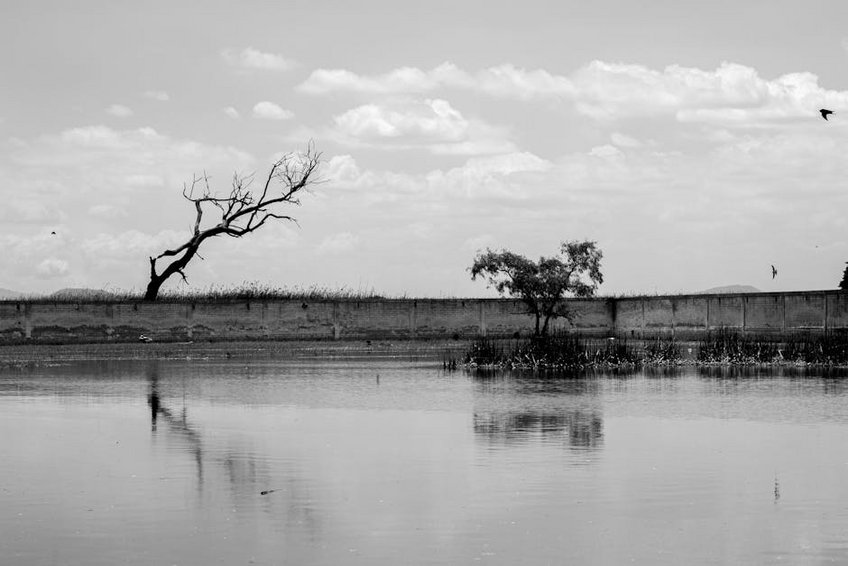Djibouti Lake Assal Salt Formations: Exploring Africa’s Salty Wonderland
Discovering the Djibouti Lake Assal salt formations feels like stepping onto another planet, where vast white landscapes stretch endlessly under the blazing African sun. As the lowest point on the African continent and the third saltiest body of water globally, this extraordinary natural wonder offers a surreal travel experience that combines geological marvels with raw adventure. You’ll find yourself walking across crystalline salt crusts that crackle underfoot, surrounded by dramatic volcanic mountains that create a stunning backdrop for photography and exploration. The Djibouti Lake Assal salt formations have been formed over millennia through intense evaporation and mineral deposition, creating otherworldly patterns and structures that change with the light throughout the day. This destination provides a unique opportunity to witness one of nature’s most extreme environments while learning about the region’s fascinating geology and cultural significance. Whether you’re an adventure seeker, photography enthusiast, or simply curious about Earth’s natural wonders, visiting these salt formations promises an unforgettable journey into one of Africa’s most remarkable landscapes.
Djibouti Lake Assal Salt Formations – Essential Information
Understanding the Djibouti Lake Assal salt formations begins with recognizing their geological significance as part of the Afar Depression, where three tectonic plates slowly pull apart. This massive salt pan covers approximately 54 square kilometers and sits 155 meters below sea level, creating an environment where water evaporates rapidly, leaving behind thick salt crusts and intricate formations. The lake’s salinity reaches nearly 35%, making it significantly saltier than the Dead Sea and creating conditions where few organisms can survive. Local Afar people have harvested salt from this area for centuries, using traditional methods that continue today, adding cultural depth to your visit. You’ll notice how the salt forms hexagonal patterns, towering crystals, and expansive flats that shimmer in the sunlight, creating optical illusions and breathtaking vistas. Visiting requires careful planning due to the extreme climate, but the reward is experiencing one of Earth’s most unique natural phenomena firsthand.
What Are the Salt Formations? – Geological Wonders Explained
- The salt formations consist primarily of halite crystals that form intricate patterns, including honeycomb structures and salt pillars reaching several feet high, created through repeated evaporation and mineral crystallization cycles.
- You can walk directly on the salt crust, which varies from paper-thin layers near the water’s edge to solid platforms several feet thick inland, though caution is advised as some areas may have weak spots.
- Seasonal changes bring different formations; during drier months, the salt expands and cracks into polygonal shapes, while occasional rainfall creates temporary mirror-like surfaces that reflect the surrounding mountains beautifully.
- Budget travelers can expect to spend approximately $50-80 per day by joining group tours, staying in basic guesthouses, and focusing on essential experiences, with guided day trips to the salt formations costing around $60-100 including transportation.
- Mid-range options at $100-200 daily provide more comfort with private tours, better accommodation in Djibouti City, and additional activities like snorkeling in the Red Sea or visiting local markets, with comprehensive salt flats tours priced at $120-180.
- Luxury experiences costing $250-500+ per day include private 4WD vehicles with experienced guides, premium hotels, customized itineraries with photography experts, and exclusive access to less-visited areas of the salt formations for optimal privacy and experience.
- Official Djibouti Tourism Website
- Lonely Planet Djibouti Guide
Geological and Historical Significance – Understanding the Landscape
Lake Assal’s formation dates back millions of years to when the Red Sea flooded the Afar Depression, then receded, leaving behind massive salt deposits that continue to evolve. The area serves as a living laboratory for geologists studying plate tectonics, as it sits at the junction of the African, Arabian, and Somali plates, which drift apart approximately 2 centimeters annually. Historically, salt from Lake Assal was traded along ancient caravan routes to Ethiopia and beyond, serving as a valuable commodity that supported local economies for generations. Today, the site holds both scientific importance and cultural heritage, with the Djiboutian government working to preserve its unique environment while allowing sustainable tourism. You’ll gain appreciation for how this harsh landscape has shaped human activity and scientific understanding throughout history.

Djibouti Lake Assal Salt Formations – Planning Your Trip
Planning your visit to the Djibouti Lake Assal salt formations requires attention to seasonal patterns, logistical details, and personal preparedness for the challenging environment. The best approach involves coordinating with licensed tour operators in Djibouti City, as independent travel to the lake is restricted due to military zones and rough terrain surrounding the area. You should allocate at least 3-4 days for this experience, including travel time from the capital and potential side trips to nearby attractions like the Ardoukoba Volcano or Ghoubbet Bay. Essential preparations include obtaining a Djibouti visa in advance for most Western passport holders, which can typically be arranged through embassies or on arrival for some nationalities, though checking current regulations is crucial. Budget considerations should account for guided tours, transportation, accommodation, and permits, with costs varying significantly based on your travel style and group size.
Best Time to Visit Lake Assal – Seasonal Considerations
Visiting the Djibouti Lake Assal salt formations is most comfortable during the cooler months from November to February, when temperatures range from 25°C to 30°C (77°F to 86°F), making exploration more pleasant. During this period, you’ll experience clear skies and minimal rainfall, providing optimal conditions for photography and walking across the salt flats without extreme heat discomfort. The summer months from June to August bring intense heat exceeding 40°C (104°F), which can be challenging for extended outdoor activities but offers dramatic lighting for sunrise and sunset photography. Shoulder seasons in March-May and September-October present a balance with moderate temperatures but occasional dust storms, requiring flexible planning. Regardless of when you visit, early morning or late afternoon excursions provide the most comfortable conditions and stunning visual effects as the sun angles highlight the salt formations’ textures.
Budget Planning and Costs – Financial Preparation
Essential Preparation Checklist – What to Bring and Know
Preparing for your Djibouti Lake Assal salt formations adventure requires specific gear and knowledge to ensure safety and enjoyment in this extreme environment. You must pack high-protection sunscreen (SPF 50+), polarized sunglasses to reduce glare from the salt, and a wide-brimmed hat for sun protection, as the reflective surfaces intensify UV exposure. Sturdy, closed-toe shoes with good grip are essential for walking on the sometimes-slippery salt crust, while light, breathable clothing in neutral colors helps manage the heat and blend with the environment. Bring ample water (at least 3-4 liters per person) as dehydration risk is high, and include electrolyte supplements since the dry climate and physical activity accelerate fluid loss. Additionally, ensure your camera equipment has protective covers against salt dust, carry cash in USD or Euros for incidental expenses, and verify that your travel insurance covers remote area medical evacuation.
Djibouti Lake Assal Salt Formations – Top Attractions and Activities
Exploring the Djibouti Lake Assal salt formations reveals multiple layers of natural beauty and recreational opportunities that cater to different interests and activity levels. The main salt pan itself offers hours of exploration, where you can walk across the crystalline surface, examine the intricate salt patterns up close, and witness the stunning color changes from pure white to pinkish hues at different times of day. Beyond the obvious visual spectacle, the area provides excellent birdwatching opportunities for species adapted to hypersaline environments, while the surrounding volcanic landscape invites hiking and geological discovery. Many visitors combine their salt flats experience with swimming in the lake’s extremely buoyant waters, though the high salinity requires brief exposure and thorough rinsing afterward. Photography enthusiasts will find endless compositions with the contrast between the white salt, blue sky, and dark volcanic mountains, particularly during golden hour when the low sun creates dramatic shadows and highlights.
Must-See Highlights – Unmissable Experiences
Your visit to the Djibouti Lake Assal salt formations should include several key experiences that showcase the area’s unique characteristics and photographic potential. Start with walking the salt crust perimeter near the water’s edge, where you can observe the gradual transition from solid ground to the lake’s super-saline waters and see salt crystals forming in real time. Don’t miss the central salt flats area, where the most impressive formations occur, including salt pillars and pressure ridges that create fascinating geometric patterns perfect for aerial photography if you have a drone. Time your visit to include both sunrise and sunset, as the angle of light transforms the landscape completely, with sunrise offering cooler temperatures and sunset providing spectacular color reflections. Include a stop at the nearby hot springs, where geothermal activity creates warm pools that contrast beautifully with the cool salt environment, offering a unique natural spa experience.
Hidden Gems and Local Favorites – Beyond the Obvious
Venturing beyond the main tourist areas of the Djibouti Lake Assal salt formations reveals several lesser-known spots that provide more intimate experiences and unique perspectives. Ask your guide about the “salt cathedral” area, where wind erosion has carved elaborate formations resembling architectural structures, creating natural sculptures that change shape over time. Local Afar guides may show you traditional salt harvesting areas where you can observe centuries-old techniques still practiced today, offering cultural insight alongside the natural wonder. The eastern shoreline features smaller, more intricate salt formations that receive fewer visitors, providing opportunities for quiet contemplation and photography without crowds. For a completely different perspective, some tour operators offer early morning balloon rides during certain seasons, allowing you to view the vast salt pans from above as the first light illuminates the landscape in spectacular fashion.
Djibouti Lake Assal Salt Formations – Practical Travel Information
Navigating the practical aspects of visiting the Djibouti Lake Assal salt formations requires understanding transportation options, accommodation choices, and necessary logistics for a smooth experience. Most visitors access the site through organized tours departing from Djibouti City, which is approximately 120 kilometers away via a journey that takes 2-3 hours by 4WD vehicle through dramatic desert scenery. The road quality varies significantly, with paved sections giving way to rough tracks as you approach the lake, making high-clearance vehicles essential and self-driving discouraged without local knowledge. Accommodation near the salt formations is extremely limited, with most visitors staying in Djibouti City and making day trips, though basic camping may be possible with proper permits and guides. You’ll need to consider the remote location when planning, as services are minimal, and communication can be challenging due to limited cellular coverage in the area.
| Category | Options/Features | Price Range (USD) |
|---|---|---|
| Guided Tours | Group day trips, private tours, photography-focused excursions | $60-250 per person |
| Accommodation | City hotels, desert camps, basic guesthouses | $40-300 per night |
| Transportation | 4WD rental, private driver, shared transfers | $80-200 per day |


